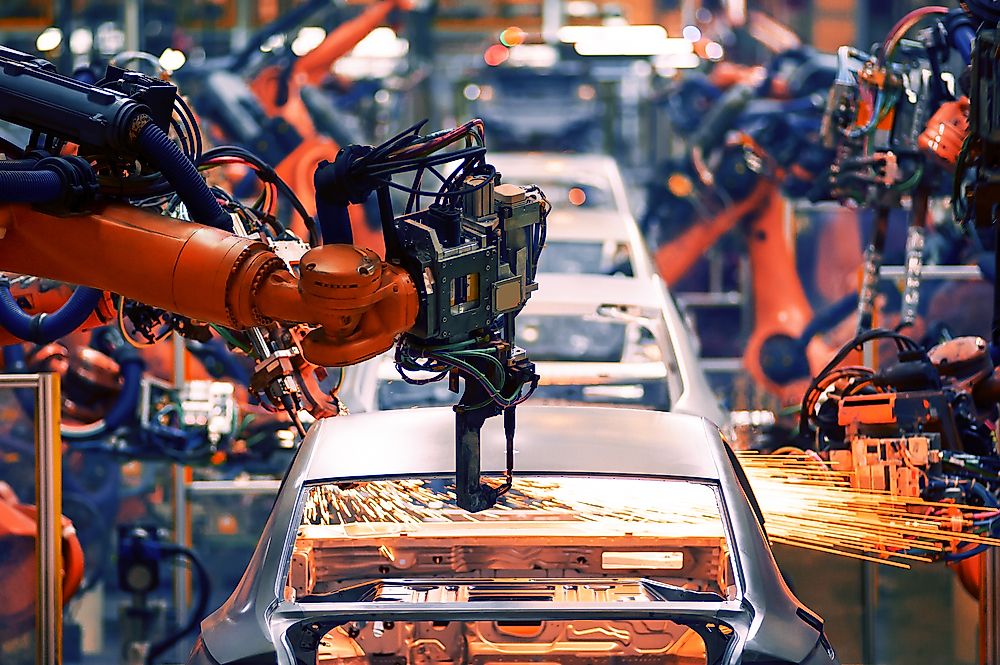6 Types of Modern Robots

A robot is a computer-programmed machine designed to carry out complex activities with high accuracy and speed automatically. Robots are guided by control devices and are designed to resemble humans, but most of them are made to perform tasks regardless of their looks.
History of Robots
The word “robot” was first used about a fictional humanoid character by Karel Capek (Czech Writer) in his play dated back to 1920. The term, “robot,” was invented by Karel’s brother (Josef Capek). Robot ideas originated from the early imagination of mythologies and fictions in the past civilizations of Ptolemaic Egypt, Ancient Greece, and Ancient China. Inventors and engineers tried to build machines which were similar to animals and humans and could work automatically. Examples of such robots included human-made birds of Mozi and Lu Ban and the human-made doves of Archytas.
Robots were made in Ancient Greece and Ancient China. Ancient Greece’s history of robots highly traces its origin from mythologies such as the Pygmalion and mechanical servants made by Hephaestus (Greek God). Ctesibius is regarded as the first Greek scientist to make artificial organ and a clock with moving figures in 270 BCE. Archytas made a pigeon powered by mechanical steam. Ancient China saw some early robots in the form of automatic humans made by Yan Shi and Emperor King Mu of Zou. The other regions are France, Japan, and Italy among other ancient civilizations.
Six Types of Modern Robots
Robots are classified according to the purpose designed to execute. They include mobile, industrial, service, education, modular, as well as collaborative robots.
Mobile Robots
Mobile robots are not confined in one place, but they can move from one place to another, hence the term “mobile.” Many industries are using mobile robots to move goods and products from one location to another.
Industrial Robots
Industrial robots, on the other hand, are machines automated for manufacturing purposes. Industrial robots are used in assembling, painting, welding, among other industrial activities.
Service Robots
Service robots are robots which are designed to help humans perform duties which may be dirty, dangerous, repetitive, or dull. Therefore, they are automated to do such activities, for example, household chores. They are also used in industrial as well as scientific functions which entail repetitive processes.
Education Robots
Education robots are “robot teachers” which are used for educational purposes and are mainly programs, resources, and platforms aimed at enhancing learning.
Modular Robots
Modular robots are made in such a manner that they can change in shape and appearance while performing a task. Such robotics may contain actuators, electronics, power supplies, and sensors for manipulation with the environment. This kind of robots is mainly used in space exploration, entertainment in “3D” images, and in industries such as cleaning of machines.
Collaborative Robots
Collaborative robots are machines which are made in such a manner that they can work hand-in-hand with humans in the same workspace. They are unique from the other types of robots as they “interact” with humans when executing a given task.
Future of Robots
Due to the high precision and speed associated with robots, it is projected that robots will have widespread use in the future. Moreover, robots are more reliable as compared to humans hence many industries, as well as scientific researchers, have favoured robotics from humans. The main disadvantage of robots is mass cases of unemployment since they perform tasks which could have required the hiring of human labour.











